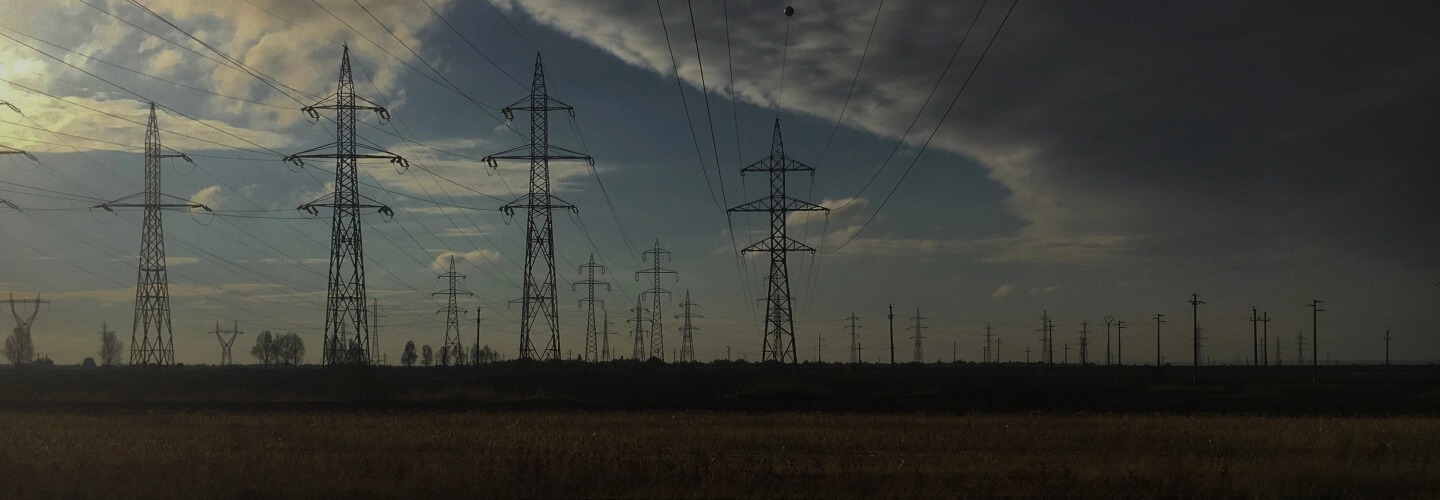
Anchor supports for power lines are essential elements of power transmission lines, consisting of metal structures necessary for the constant tension of wires.
They are categorized as freestanding or guyed supports and can be single-chain, double-chain, or multi-chain based on the number of circuits.
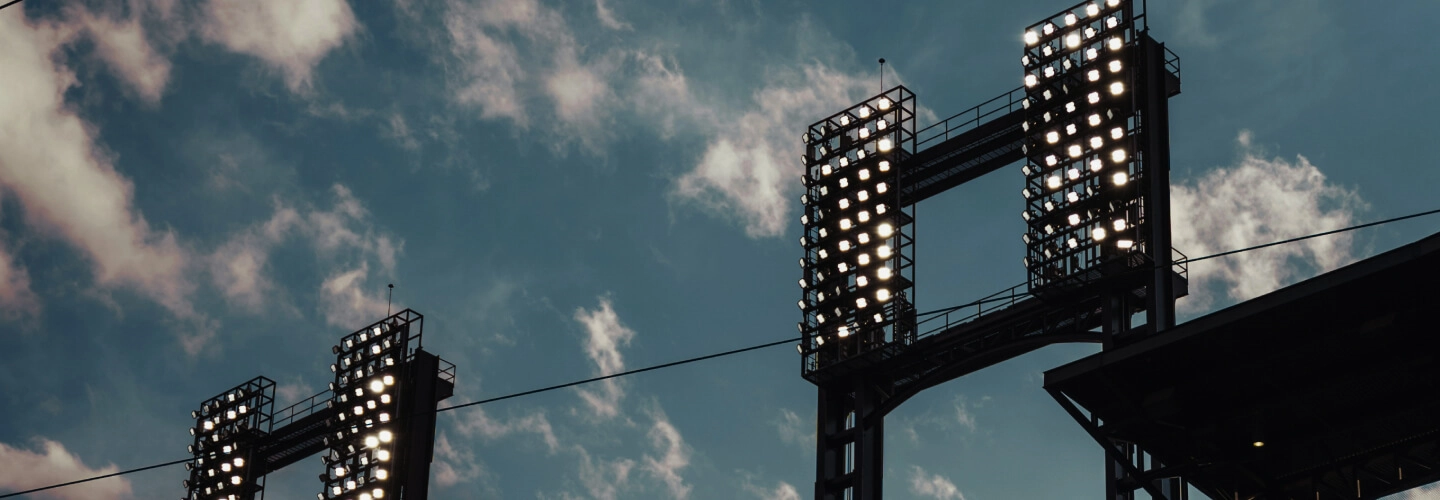
Floodlight towers PMS (Floodlight Tower PMS) are specialized metal structures designed for lighting large areas and sports facilities such as stadiums, ski slopes, railway stations, and other large open spaces.
They can also be used for lighting distribution devices, electrical substations with voltages ranging from 50 to 500 kV.
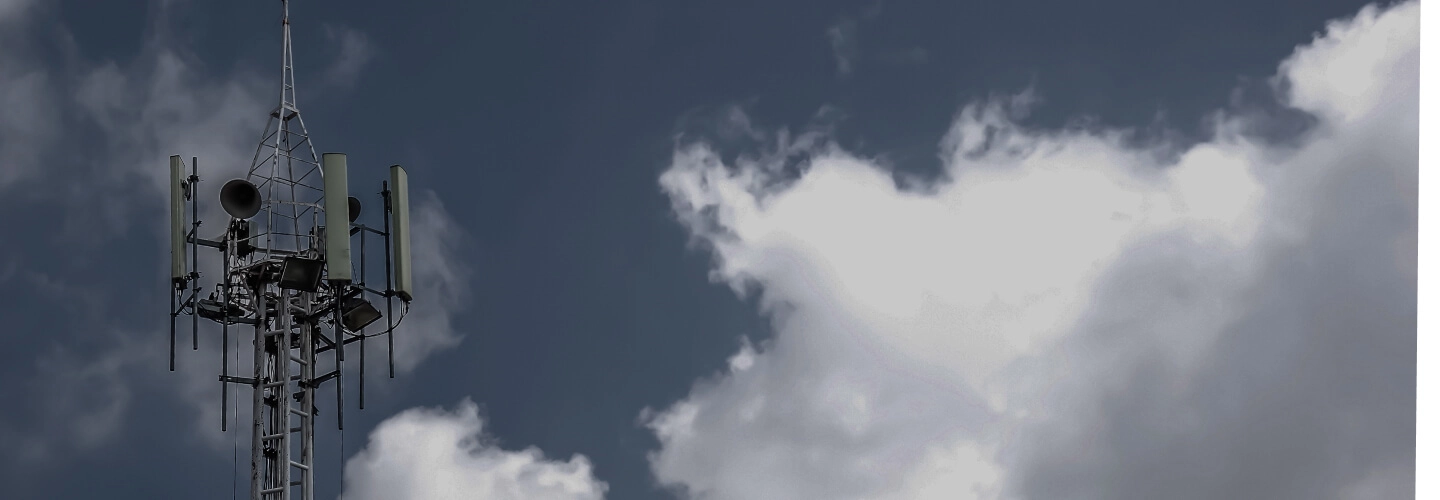
Cellular communication towers are tall structures for installing equipment for receiving and transmitting frequencies of ground radio stations, antennas, 4G mobile, and regular mobile communication. They are divided into towers and masts.
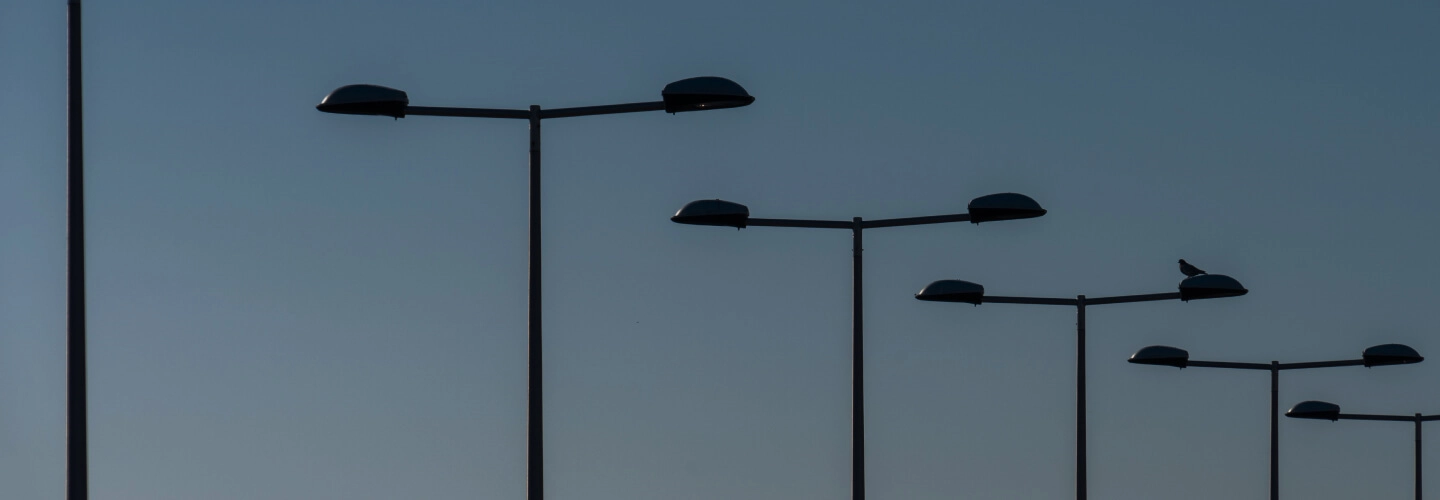
Street lighting poles are lightweight and durable metal structures designed for mounting lighting fixtures. They have a wide range of applications for lighting streets, parks, bridges, highways, industrial and warehouse areas, as well as advertising and information systems.
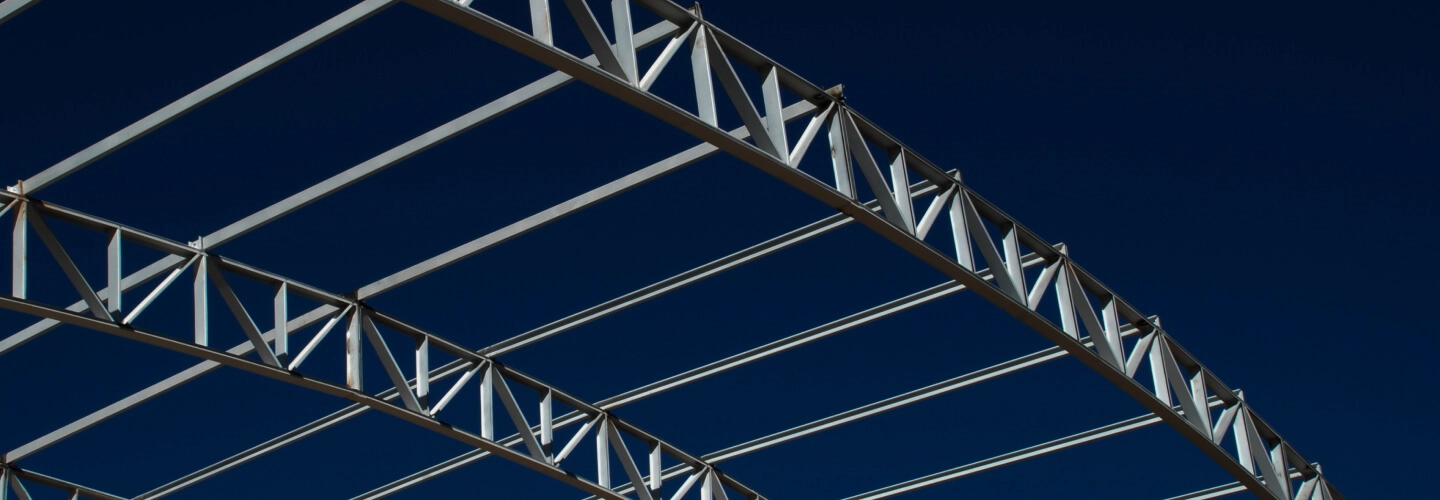
Construction metal structures are metal products designed for constructing various types of facilities.
They have a wide range of applications in constructing prefabricated buildings made of profiled metal sheets and assembly systems of metal structures.
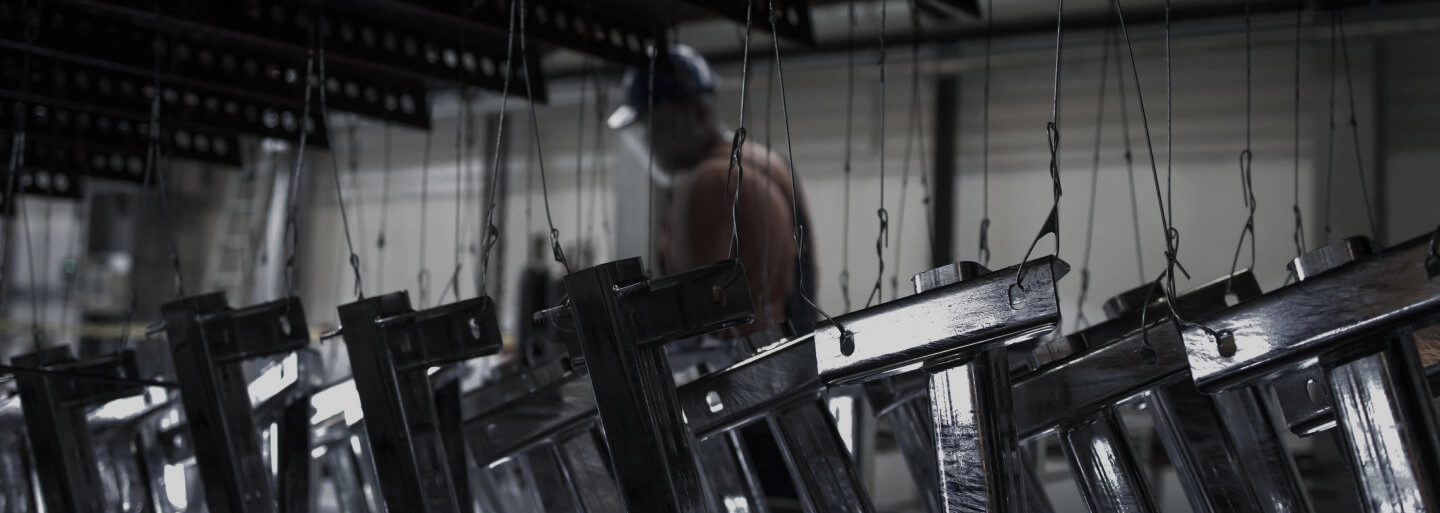
Custom orders involve designing and developing projects based on individual parameters. Our company handles all processes for manufacturing metal structures of any volume and complexity, offering turnkey solutions.



| Category | Typical levels of reactive elements, %. | Additional information | Typical characteristics of the coating |
| А | <0,03% Si і <0,02% P | See NOTE 1 and NOTE 4 | The coating has a shiny appearance with a fine texture. The coating structure contains an outer layer of zinc. |
| B | S 0,14% Si до <0,25% Si | Other elements can affect the reactivity of the steel. In particular, a phosphorus level of more than 0.035% results in increased reactivity. | The coating can have a shiny or matte appearance. The structure of the coating may include an outer layer of zinc or an iron-zinc alloy may reach the surface of the coating, depending on the composition of the steel. |
| C | від> 0,03% Si до <0,14% Si | Overly thick coatings may be formed. | The coating has a darker appearance with a coarse texture. Iron and zinc alloys predominate in the coating structure and often extend to the surface of the coating, which reduces resistance to handling damage. |
| D | > 0,25% Si | The thickness of the coating increases with increasing silicon content. | |
| NOTE 1 Steels with compositions satisfying the formulas Si < 0.03% and Si + 2.5P < 0.09% should also exhibit these characteristics. For cold-rolled steels, these characteristics are expected to be met if the steel composition satisfies the formula Si + 2.5P < 0.04%. NOTE 2: The presence of alloying elements (e.g., nickel or aluminum) in the zinc melt can significantly affect the coating characteristics listed in this table. This table does not provide appropriate guidance for high-temperature galvanizing (i.e., immersion in molten zinc at 530°C to 560°C). NOTE 3 The composition of the steel listed in this table will vary due to other factors (e.g. hot rolling) and the limits of each range will vary accordingly. NOTE 4 Steels with a composition of <0.01% silicon that also have an aluminum content >0.035% may exhibit lower reactivity, which may result in lower than expected coating thicknesses. These steels may have a reduced level of coating cohesion. NOTE 5 - The design of the galvanized product may also affect the performance of the coating. | |||